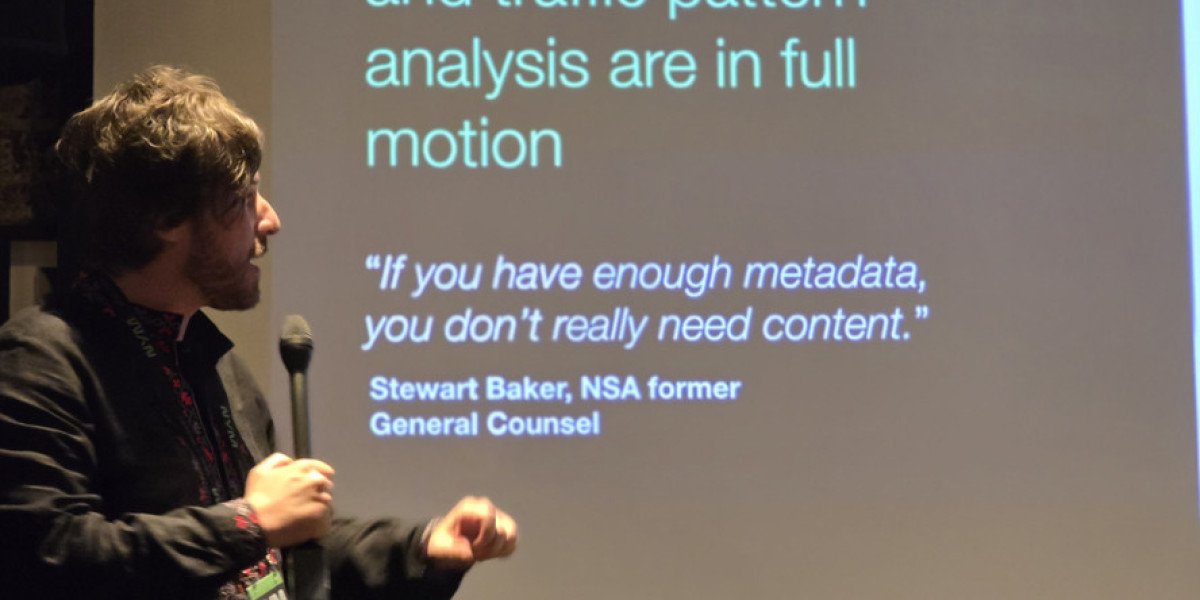In a landscape marked by increasingly sophisticated cyber threats and the growing complexity of hybrid work environments, Zero Trust Security has emerged as a critical strategy for organizations to protect their digital assets. The traditional security perimeter is no longer effective as users, devices, and applications operate across cloud, on-premises, and remote contexts. Zero Trust embodies a security paradigm of "never trust, always verify," ensuring every access request is continuously authenticated and authorized, dramatically reducing the risk of breaches and insider threats.
According to Straits Research, the global zero trust security size was valued at USD 29.14 billion in 2024 and is expected to grow from USD 33.9 billion in 2025 to USD 113.6 billion by 2033, growing at a CAGR of 16.32% during the forecast period (2025-2033). This surge demonstrates widespread adoption driven by escalating cyber-attacks, regulatory pressures, and expanding cloud and IoT deployments demanding robust security frameworks.
Core Principles and Architecture of Zero Trust Security
Zero Trust Security fundamentally rejects implicit trust and mandates explicit, continuous verification based on multiple factors including user identity, device health, location, and behavioral analytics. The architecture typically incorporates:
Verify Explicitly: Every access attempt undergoes strict authentication and authorization, leveraging multi-factor authentication (MFA), identity governance, and adaptive policies.
Least Privilege Access: Access rights follow the principle of minimum necessary privilege, reducing potential lateral movement in the event of compromise.
Micro-Segmentation: Networks are segmented into granular zones, limiting attackers’ ability to traverse within internal environments.
Device Assurance: Continuous assessment of endpoint security posture ensures only compliant devices access critical resources.
Data Protection: Encryption, data loss prevention (DLP), and real-time monitoring guard sensitive data across its lifecycle.
Assume Breach Mindset: Continuous logging, anomaly detection, and rapid incident response prepare organizations to detect and mitigate threats swiftly.
Trends and Innovations Driving Zero Trust Adoption
AI and Machine Learning Integration
AI-driven threat intelligence, behavioral analytics, and anomaly detection form the backbone of advanced Zero Trust implementations. Systems learn network and user behavior patterns to identify suspicious activity and automate policy enforcement in real-time, minimizing human intervention and accelerating response.
Cloud-Native and Hybrid Deployments
As hybrid and multi-cloud environments proliferate, Zero Trust solutions are designed to seamlessly operate across diverse infrastructures. Cloud-native Zero Trust access (ZTNA) platforms enable secured remote access to applications without exposing entire networks, supporting flexible workforce demands and minimizing risk.
Identity and Access Management (IAM) Enhancements
Strong IAM capabilities including biometric authentication, contextual risk evaluation, and passwordless access are integral to Zero Trust. Rising emphasis on identity as the new perimeter pushes organizations to adopt unified platforms combining access governance and continuous validation.
Secure Access Service Edge (SASE) Convergence
Zero Trust is frequently implemented alongside SASE frameworks, combining secure network access with cloud-delivered security services such as Secure Web Gateways (SWG) and Cloud Access Security Brokers (CASB). This convergence addresses modern network complexities and threat landscapes holistically.
Privacy-Enhancing Technologies and Regulatory Compliance
Zero Trust architectures incorporate privacy-by-design models and support compliance with GDPR, HIPAA, and other regulations. Transparency, auditability, and fine-grained user controls elevate trust while mitigating legal and reputational risks.
Major Players and Regional Moves
Palo Alto Networks (USA): Offers Prisma Access combining cloud-delivered Zero Trust and AI-driven analytics for enterprise security.
Zscaler (USA): Provides comprehensive Zero Trust Exchange platforms optimized for remote access and cloud security.
Cisco Systems (USA): Integrates Zero Trust through SecureX with strong network segmentation and IAM.
Microsoft (USA): Implements Zero Trust models across Azure Active Directory and Microsoft Defender with identity-first security approaches.
Okta (USA): Specializes in identity and access management supporting Zero Trust frameworks.
CrowdStrike (USA): Offers endpoint security solutions integral to Zero Trust device assurance.
Europe: Accelerates Zero Trust adoption supported by GDPR compliance and digital sovereignty initiatives.
Asia-Pacific: Fastest growing region driven by regulatory modernization and digital transformation priorities, especially in Japan, India, and Australia.
Recent News and Strategic Developments
Palo Alto Networks announced enhancements to Prisma Access with AI-powered anomaly detection and automated policy updates in early 2025.
Zscaler launched new Zero Trust Cloud Access solutions optimizing encrypted traffic inspection while preserving user experience.
Microsoft expanded Azure AD capabilities with passwordless authentication and Conditional Access analytics boosting Zero Trust maturity.
Cisco introduced SecureX 2.0 integrating AI-driven Zero Trust policy enforcement across hybrid environments.
Okta reported strong adoption growth in APAC through partnerships delivering identity-first Zero Trust access solutions.
Regulatory agencies in the European Union issued updated guidance in 2025 promoting Zero Trust as a required cybersecurity framework for critical sectors.
Challenges and Future Outlook
Complexity of integrating Zero Trust architecture into existing, heterogeneous IT environments remains a significant challenge. Talent shortages in cybersecurity and evolving threat landscapes require continuous innovation and education.
However, the compelling benefits of reducing attack surfaces, enforcing granular access control, and enabling secure remote work drive widespread Zero Trust adoption. Future developments emphasize automation, AI augmentation, and integration with emerging technologies like quantum-safe encryption and decentralized identity systems.







